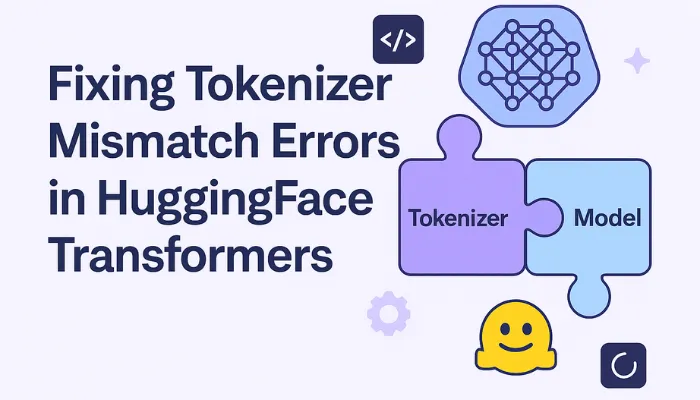Seeing a “tokenizer mismatch” error while using Hugging Face Transformers?
The quick fix: Always load your model and tokenizer using the same checkpoint name or the same local directory path. This ensures that the tokenizer’s vocabulary matches the model’s expectations, avoiding cryptic errors and misaligned predictions.
Check out HuggingFace’s official guide for a full explanation of loading models and tokenizers.
Why Does This Happen?
Imagine trying to read a letter in a language you do not speak—that is how your model feels when it receives tokens from the wrong tokenizer. Each tokenizer is trained with a specific vocabulary, tokenization logic, and token IDs that directly align with its corresponding model. Mixing them up causes mismatches in embedding layers, vocabulary sizes, and ultimately leads to errors (or worse, silently incorrect outputs).
Step-by-Step: How to Fix Tokenizer Mismatch Errors
Here is a clear breakdown to help you fix the issue and prevent it in future projects:
1. Load Model and Tokenizer from the Same Source:
Use the same checkpoint for both:
from transformers import AutoTokenizer, AutoModel
model_name = "bert-base-uncased"
tokenizer = AutoTokenizer.from_pretrained(model_name)
model = AutoModel.from_pretrained(model_name)Or, if you’re using a custom model saved locally:
tokenizer = AutoTokenizer.from_pretrained("./my_model_directory")
model = AutoModel.from_pretrained("./my_model_directory")Full guide on loading and saving models.
2. Avoid Mixing Architectures:
Don’t do this:
tokenizer = AutoTokenizer.from_pretrained("roberta-base")
model = AutoModel.from_pretrained("bert-base-uncased") # Even though they are both Transformers, the vocabularies and tokenization strategies are totally different.
3. Verify Vocabulary and Config Files:
Make sure your model directory includes:
- tokenizer_config.json
vocab.txt/merges.txt/special_tokens_map.json- config.json
These files must be consistent across both the tokenizer and the model.
4. Watch Out for Silent Failures:
Sometimes your code runs without errors but produces bad results. This can happen if:
- The tokenizer uses different token IDs.
- Padding and truncation rules don’t match.
- Special tokens are missing or misaligned.
Double-check logs for warnings like:
You are using a model trained with a different tokenizer
Token indices sequence length is longer than the specified maximum5. Save and Load Tokenizer with the Model During Training:
When saving your fine-tuned model, always save the tokenizer too:
model.save_pretrained("./my_model")
tokenizer.save_pretrained("./my_model")Then reload both using:
model = AutoModel.from_pretrained("./my_model")
tokenizer = AutoTokenizer.from_pretrained("./my_model")Common Pitfalls to Avoid
- Do not manually switch tokenizers between different models.
- Always check the tokenizer vocab size if you get a
mismatch embedding sizeerror. - Use Auto classes (
AutoTokenizer,AutoModel) to reduce the chance of architecture misalignment.
Summary
- Use
AutoModelForSequenceClassification,AutoModelForTokenClassification, etc., when working with downstream tasks. - When uploading models to HuggingFace Hub, include tokenizer files so users don’t face mismatches. (Uploading to HuggingFace Hub)
- Read the model card/documentation on HuggingFace for recommended tokenizer/model pairings (Example: BERT model card).
Related Post:-
How to Build a Multi-Agent AI System for Complex Problem Solving.

